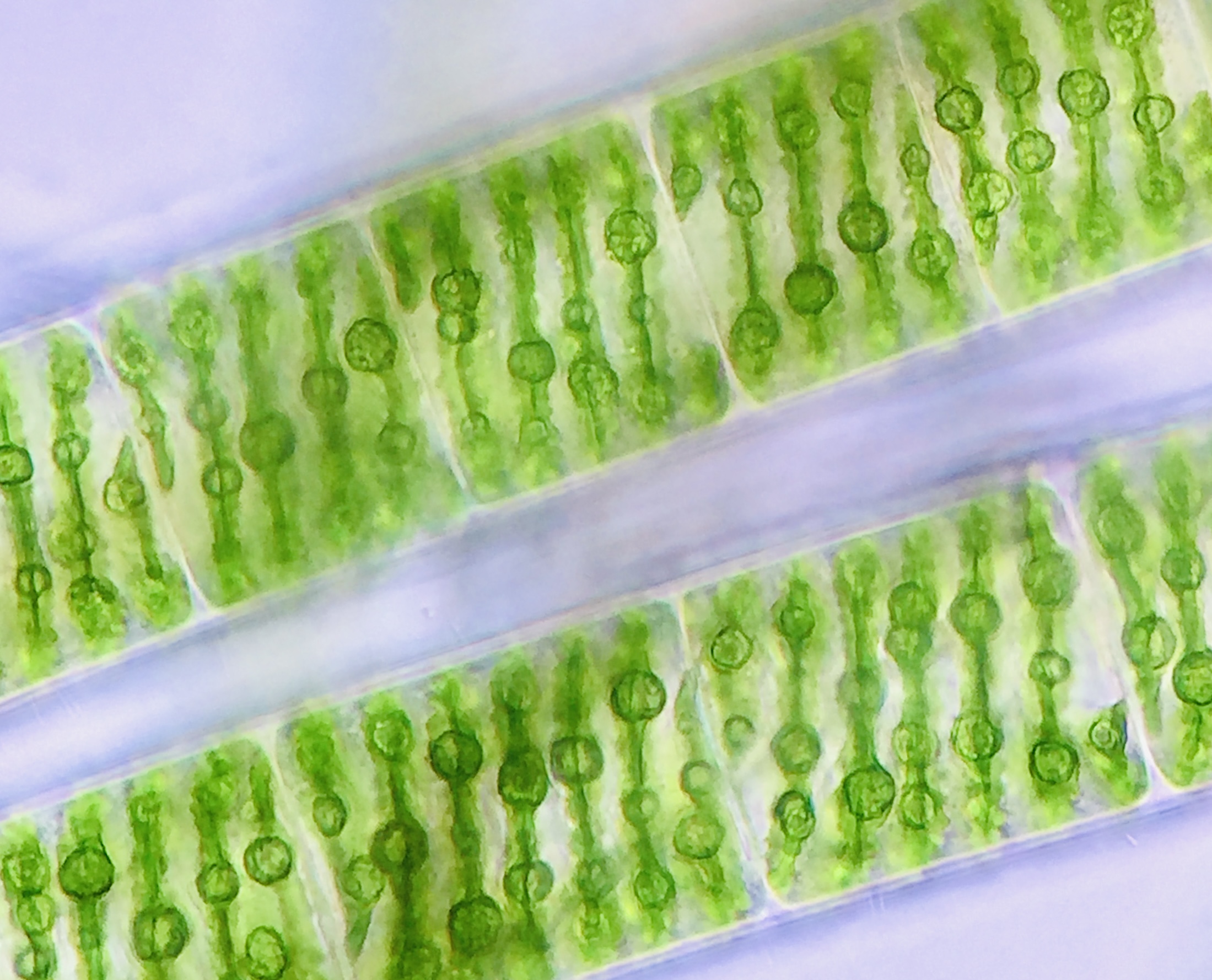Analysis of Epistemological Obstacles in Learning Vegetal Reproductive Biology from Evidence-Based Educational Practices
Main Article Content
Abstract
The following work bases its analysis and description on the evidence obtained from a study, in which the conceptions related to the biological cycles of plants were collected from students of Biological Sciences in Uruguay. A data collection instrument was designed and applied to analyze the incidence of preconceptions in the understanding of reproductive cycles and to recognize causal correlations. At an exploratory level, "botanical illiteracy" was found, whose epistemic root identifies assumptions from zoology or human biology, which constitute an obstacle to understanding reproductive biology from a complex perspective.
Downloads
Article Details

This work is licensed under a Creative Commons Attribution-NonCommercial-ShareAlike 4.0 International License.
Aquellos autores/as que tengan publicaciones con esta revista, aceptan los términos siguientes:- Los autores/as conservarán sus derechos de autor y garantizarán a la revista el derecho de primera publicación de su obra, el cuál estará simultáneamente sujeto a la Licencia de reconocimiento de Creative Commons que no se permite un uso comercial de la obra original ni de las posibles obras derivadas, la distribución de las cuales se debe hacer con una licencia igual a la que regula la obra original.
- Los autores/as podrán adoptar otros acuerdos de licencia no exclusiva de distribución de la versión de la obra publicada (p. ej.: depositarla en un archivo telemático institucional o publicarla en un volumen monográfico) siempre que se indique la publicación inicial en esta revista.
- Se recomienda a los autores/as difundir su obra a través de Internet (p. ej.: en archivos telemáticos institucionales o en su página web) después del proceso de publicación, lo cual puede producir intercambios interesantes y aumentar las citas de la obra publicada. (Véase El efecto del acceso abierto).
References
Armenta, M.C. (2008). Algunas ideas del alumnado de secundaria sobre conceptos básicos de genética. Enseñanza de las ciencias: revista de investigación y experiencias didácticas, 227-244.
Biesta, G. (2010). Why ‘What Works’ Still Won’t Work: From Evidence-Based Education to Value-Based Education. Studies in Philosophy and Education, 29, 491-503.
Cocucci, A.E. y Hunziker, A.T. (1994). Los ciclos biológicos en el reino vegetal. Córdoba, Argentina, Academia Nacional de Ciencias.
Darwin, C. (1885).The origin of species by means of natural selection: or, the preservation of favoured races in the struggle for life. J. Murray.
Egan, K. y Judson, G. (2018). Educación imaginativa: herramientas cognitivas para el aula (Vol. 214). Narcea Ediciones.
Hofstein, A. y Lunetta, V.N. (2004). The laboratory in science education: Foundations for the twenty‐first century. Science education, 88(1), 28-54.
Gairín, J., Ion, G., Díaz, A., Armengol, C., Brown, C., López, E. y Cabañero, J. (2021). Prácticas educativas basadas en evidencias: reflexiones, estrategias y buenas prácticas. Narcea.
Hammer, Ø., Harper, D.A. y Ryan, P.D. (2001). PAST: Paleontological statistics software package for education and data analysis. Palaeontologia electronica, 4(1), 9.
Hershey, D.R. (1996). A historical perspective on problems in botany teaching. The American Biology Teacher, 58(6), 340-347.
Mengascini, A. (2005). La enseñanza y el aprendizaje de los tejidos vegetales en el ámbito universitario. Revista electrónica de enseñanza de las ciencias, 4(2), 2-13.
Perkins, D. (2010). El aprendizaje pleno: Principios de la enseñanza para transformar la educación. Paidós.
Rickinson, M. (2003). Reviewing research evidence in environmental education: some methodological reflections and challenges. Environmental Education Research, 9(2), 257-271.
Revetria et al. (2022). Prácticas educativas basadas en la indagación: el caso Bombyx mori como modelo para una experiencia con énfasis en el aprendizaje pleno. Revista Didáctica de la Educación Media. Aportes a la educación en Ciencias Naturales. 4 (13).
Siracusa, P. (2011). Aprendizaje de morfología y anatomía vegetal en el primer año de Universidad [tesis de maestía, Universidad del Comahue]. Repositorio digital institucional, Universidad Nacional del COMAHUE. http://170.210.81.141/handle/uncomaid/165
Souza, S.M.D.L., Duque, D.C. y Borim, E. (2017). Propostas pedagógicas para o ensino de botânica nas aulas de ciências: diminuindo entraves. Revista Electrónica de Enseñanza de las Ciencias, 16(2), 298-315.
Schussler, E.E. (2001). Toward a theory of plant blindness/JH Wandersee, EE Schussler. Plant Science Bulletin, (47), 2-7.
Uno, G.E. (2009). Botanical literacy: What and how should students learn about plants? American journal of botany, 96(10), 1753-1759.
Ursi, S., Barbosa, P.P., Sano, P.T. y Berchez F.A.D.S. (2018). Ensino de Botânica: conhecimento e encantamento na educação científica. Estudos avançados, 32, 07-24.
Wandersee, J.H. y Schussler, E.E. (1998). A model of plant blindness. En Poster and paper presented at the 3rd Annual Associates Meeting of the 15 Laboratory, Louisiana State University, Baton Rouge, LA.
Wilson, W.H., Etten, J.L.V. y Allen, M.J. (2009). The Phycodnaviridae: the story of how tiny giants rule the world. Lesser known large dsDNA viruses, 1-42.

